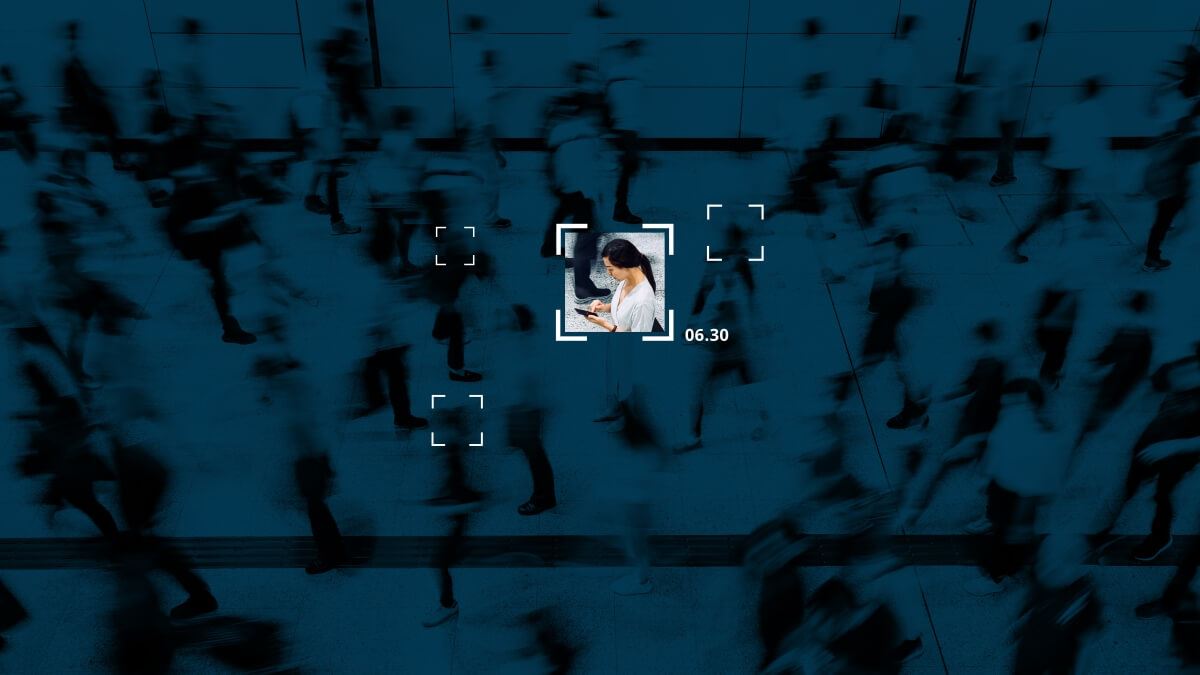The idea of a truly “safe” or “smart” city is no longer just a pipe dream. Thanks to ever-evolving technology that consists of inter-connected cameras, devices and sensors, cities around the world are making it a reality. But what really sets the first movers apart is how they have harnessed the power of connectivity.
Cities are evolving into communities that push the boundaries on technology and offer citizens access to a better quality of life. They are putting into place a technology infrastructure that incudes video, sensors and devices. This enables cities to capture, aggregate, and analyze real-time data. The insights and information that are generated can be used to improve the lives of residents. In practical terms, this means that city departments that were once siloed can now collaborate and respond at an all-new level, sharing the same insights and intelligence. This allows city authorities to make both incremental and sweeping changes to their services and residents’ quality of life.
Data is more available than ever, with the data from video technology being particularly invaluable for cities.
Technologies such as video, sensors and AI software help unlock new insights about our cities. With the proliferation of these connected devices and tools, rich new streams of data are being generated. When this data becomes a shared asset, it enables citywide operators, authorities and decision makers to act faster, smarter — and together. This calls for cities to ensure that all their diverse video installations are connected and brought under one roof. This will help make cities safer, more productive, and overall, better places to live.
Interoperability is defined as the ability of different connected systems to communicate with each other. Interoperability and central monitoring of systems also provide new possibilities for urban planning and city administration. This is where intelligent control rooms come into play.
Intelligent control rooms use best-in-class technologies to understand what’s happening within a city, identify any risks or emergencies, and increase communication and collaboration between city and government bodies. Through implementing an intelligent control room, leaders can improve connectedness, coordination, communication, openness and scope. It can also help leaders to anticipate and adapt to future city trends and become an engine of growth, innovation, sustainability, and collaboration for safe cities.
Officials can have better situational awareness and minimize their response time by collaborating with other government agencies thanks to intelligent control rooms.
With around a billion cameras installed globally, video technology is here to stay. Capturing and processing this massive amount of data for real-time situational awareness is particularly relevant for a city’s core services such as firefighting, policing, traffic management, healthcare and environmental monitoring. However, the kinds of video technology required to enable these services extend beyond just cameras.
Video is much more than just a tool for monitoring and surveillance. When it is utilized effectively, video is a crucial part of the analytics pipeline that creates real-time, insightful data to help make better, faster decisions. When data is aggregated, it is referred to as ‘big data’. Making sense of this data, deriving useful insights from it and translating these insights into action is the ultimate Holy Grail for cities.
People who live in safe cities feel safe because they know that the people in charge have got it all covered. They know they will be protected, and that their premises and businesses will be secure. If incidents happen, response will be swift and efficient. First responders — such as the police, the fire department and healthcare professionals will be better prepared to tackle emergencies because they will be better informed. The old normal like fresh air, clean water, less-congested roads will become the new normal. Resources like water and energy will be better managed through clever sustainability measures.
Nearly half of the world’s population lives in cities, but that number is increasing rapidly. The McKinsey Global Institute estimates that as many as 70 percent of the planet’s people will be living in cities by 2050. What will it mean to be a safe city in this future? Digital technologies are already contributing to the creation of a strong foundation upon which city leaders can build ‘safe cities’ — cities where public services run more efficiently, crime rates are low, resources are managed better, economic growth fosters and citizens enjoy a superior quality-of-life.
Connected cities will be better places to live and do business. There is no doubt about this. But as with so many things, the devil lies in the details, and getting from here (now) to there (the connected city of the future) will take some doing.
If you want to learn more connected video technology for safe cities, visit milestonesys.com/LetsRethink-CityLiving or download our free ebook here.


